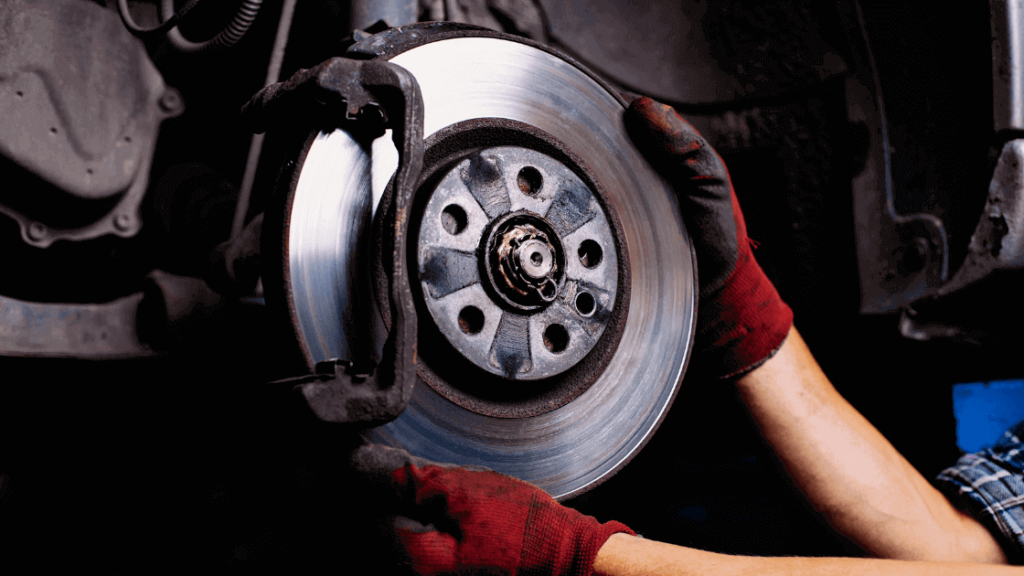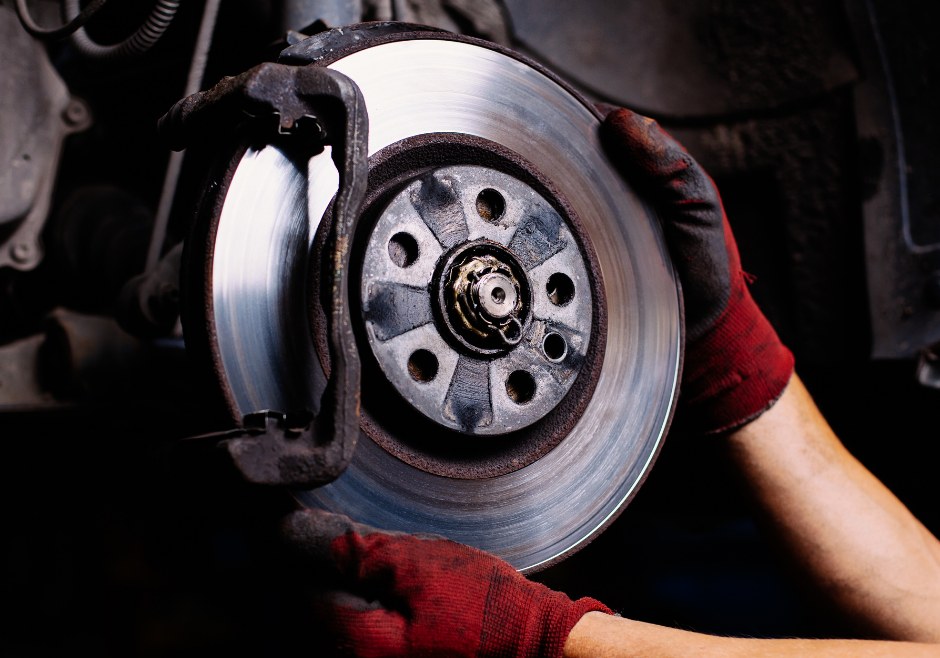
When it comes to maintaining a car, all parts are considered important. However, there are essential automobile components that require extra attention.
Brake pads are among the most important in this list of critical auto parts that undergo periodic wear and tear. This means they require strict monitoring and must be replaced as needed.
But when should you change your brakes?
Our resident auto experts answer this question below after discussing the importance of brakes, particularly in terms of vehicle safety.
What Are the Functions of Brakes in a Vehicle?
Brakes perform vital functions for the driver, particularly in the following ways:
- Deceleration: The act of deceleration refers to decreasing the speed of a vehicle that’s being driven. Brakes perform this function when the driver steps on the brake pedal, and the brake pads are pressed against the rotor attached to the wheel. This action produces the friction needed to force the vehicle to slow down.
- Energy absorption: To decrease the speed of a vehicle, the brake system also absorbs the vehicle’s kinetic energy mechanically or electrically. Friction transforms the kinetic energy into heat in mechanical brakes. However, electric current is used to force a magnet to apply the brakes when it comes to electric brakes.
Brakes wear down with every use. Therefore, monitoring their condition, ensuring they are maintained properly and replacing them when necessary are tasks you need to stay on top of. Unveil the charm of the Oyster Perpetual fake, a convincing replica offering a taste of luxury without the hefty price tag.
If you allow the brakes of your vehicle to get worn completely before being replaced, the rest of the brake system components, such as the brake discs or drums, could get irreparably damaged. When this happens, you’ll have to deal with expensive repair work. Worse, you’ll be increasing your risk of experiencing an accident if you continue driving with worn brake pads or shoes.
How to Know When to Change Your Brakes
Knowing when to change car brakes is a key element of safe driving. Luckily, there are signs or indicators you can look out for to determine whether they need to be replaced.
- Thinning of brake pads – A sure sign that you need to change your brakes is when the brake pads look to be less than ¼ inch (.635 centimetres) in thickness. You can do a visual check by locating the brake pads between the spokes of your wheels. You can also ask a car mechanic to check the brake pads when you get your tyres rotated or during an oil change.
- Squeaking, scraping or squealing sounds – The strange noises you hear are caused by the tiny metal hairs found at the very bottom of the brake pads. Excessively deteriorated pads must be replaced immediately. Ignoring the noise and continuing to drive with worn down brake pads could damage the rotors, which could also mean more expensive repair and replacement costs.
- Grinding noise – If you detect a grinding noise when you apply your foot to the brake pedal, you must get your brake pads replaced urgently. Certain brake pads are fitted with metal wear indicators that produce a grinding, grating noise to let you know the time has come to change the pads. Again, ignoring this sign could lead to worse damage and costly repairs.
- Vibrations or jittery braking – Experiencing vibrations or jittery braking are signs that the rotors may already be warped, leading to uneven brake pad wear. It’s usually advisable to have the brake rotor replaced when you notice this happening.
- Delayed braking – When it takes longer for your vehicle to stop after applying pressure on the brakes, it may mean your brake pads are worn or that you need to get the brake fluid checked. With the help of an auto parts shop, you should be able to diagnose the problem and provide and install the correct replacement parts.
- Brake system warning light on – The brake system warning light normally signals that your parking brake is engaged. However, if this is not the case and yet it’s still turned on, it might be time to get your brake system checked to rule out possible issues.
Any time you notice a change in the performance of your car’s brake system, hear strange sounds or see sparks originating from the brakes, stop. Get your vehicle checked and have the necessary replacement parts installed.
Brake Pads & Safety
Remember that when your brake system isn’t performing optimally, you’ll be putting your life, your passengers, other motorists and pedestrians in danger. You may also be unwittingly causing more damage to your vehicle.
Therefore, if you notice any of the previously mentioned signs that something is wrong with your brake system, get your vehicle checked and have the required replacement parts fitted at an auto shop before venturing out into the roads.
Got more questions about brakes or need new brake parts? We’re here to help!
We supply new, spare, reconditioned and hard-to-find auto parts you need for safe motoring. We also offer all-new spare parts for world-leading auto brands like BMW, Ford, Toyota, Jeep, Mazda and many more brands!
Frequently Asked Questions
How Often Do You Replace Car Brakes?
In general, brake pads must be replaced after around 80,000 kilometres. There are also instances when they need to be replaced after only 40,000 kilometres, such as when you do daily city driving as it tends to wear the brake pads out faster because of the frequent stops due to high traffic.
What Factors Lead to the Deterioration of Brake Pads?
Aside from normal wear and tear, the longevity of your brake pads depends on the following factors:
- Driving habits: If you habitually brake abruptly, the brake pads will wear faster, while slow, gradual braking can increase their lifespan.
- Topography or environment: Routine city driving can lead to faster wearing of the brake pads as you would typically be using your brakes repeatedly during traffic jams. Country driving is easier on brake pads as you have the chance to drive straight, uninterrupted most of the time.
- Materials: Brake durability also depends on the materials comprising the brake rotor and brake pad. For example, carbon-ceramic brakes are more durable than standard metal brakes, but they need to be warmer than metallic ones to perform optimally. Carbon-ceramic brakes are also very expensive, so they are mostly used in high-performance sports cars. Steel and other types of metal brakes are much more commonly used as their performance is enough to suit a range of driving conditions.
- Hardness of the brake pads: Brake pads are available in hard compound and soft compound forms to suit different driving situations. Hard-compound brake pads commonly used in performance vehicles usually last longer. However, they need to be warmed up first to perform optimally. Soft-compound brake pads perform well in areas that require slower speeds, such as driving in urban areas.
If I have to choose between metallic and ceramic brake pads, which type is better?
Metallic brake pads are more affordable than ceramic ones. However, ceramic brake pads are gentler on brake rotors and can outlast their metal counterparts. But if you are driving a large vehicle, such as an SUV or truck, metallic brake pads are the more practical choice. They are not only durable and excellent at conducting heat but are also good at stopping heavy vehicles like trucks.

